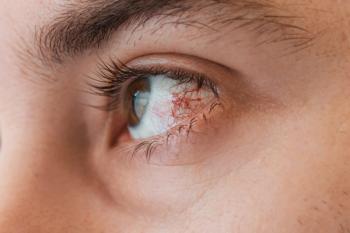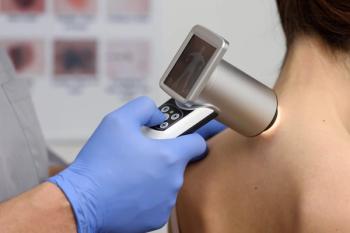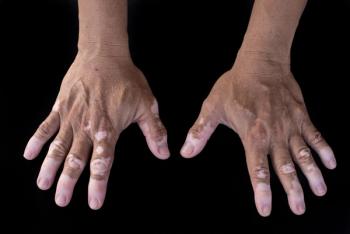
Personalized Diabetes Care Approach Targets Tight Glucose Control from Diagnosis
David Maahs, M.D., M.A., Ph.D., explains the role that teamwork, targets, technology and tight control plays in type 1 diabetes management and why it’s best to intervene right after diagnosis.
David Maahs, M.D., M.A., Ph.D., from Stanford University, recently co-authored a
Earlier this year, Maahs and his colleagues reported findings from a pragmatic, real-world study of a comprehensive approach of managing type1 diabetes in Nature Medicine. They enrolled 133 young (median age 11) people in the Teamwork, Targets, Technology and Tight Control — 4T, for short — study. At 12 months after enrollment, the participants had an average HbA1c of 6.58% and average glucose monitoring indicator of 7.11%. Close to two-thirds (64%) meet the target HbA1c target of 7%. The study participants had an average “time in range” of 68%, which means their blood sugar levels were in the desired range 68% of the time.
Maahs said his study was built on the success of the 1993
Maahs said for his study, data was collected and then put into a online dashboard that tracked the progress of patients.
“You can imagine, if you've got 100 patients who are getting every five-minute glucose values, that's 288 a day,” Maahs said. “You multiply that by 100 patients, you multiply that by 365 days, you got a lot of data to look at. That dashboard system allows us a way to replicate some of what was done in DCCT, in the sense that we're able to more precisely reach out to the people who need help on a weekly basis if they need it, but if you don't need that weekly help because you're doing well, we'll see it three months like we usually do.”
Maahs also explained that the best time for diabetes management is right at diagnosis.
“At diagnosis, there's generally still a few beta cells that make insulin in the body and those beta cells can recover a little bit and help out for a few months,” Maahs said. “We call that the honeymoon period. Typically, it might last six months.”
Once the “honeymoon” is over, it becomes more challenging to manage insulin because the body is no longer helping, Maahs explained further.
Maahs is a leader in type 1 diabetes research and has held leadership positions in the Type 1 Diabetes Exchange, the American Diabetes Association, the International Society of Pediatric and Adolescent Diabetes and other groups.
Newsletter
Get the latest industry news, event updates, and more from Managed healthcare Executive.






















































